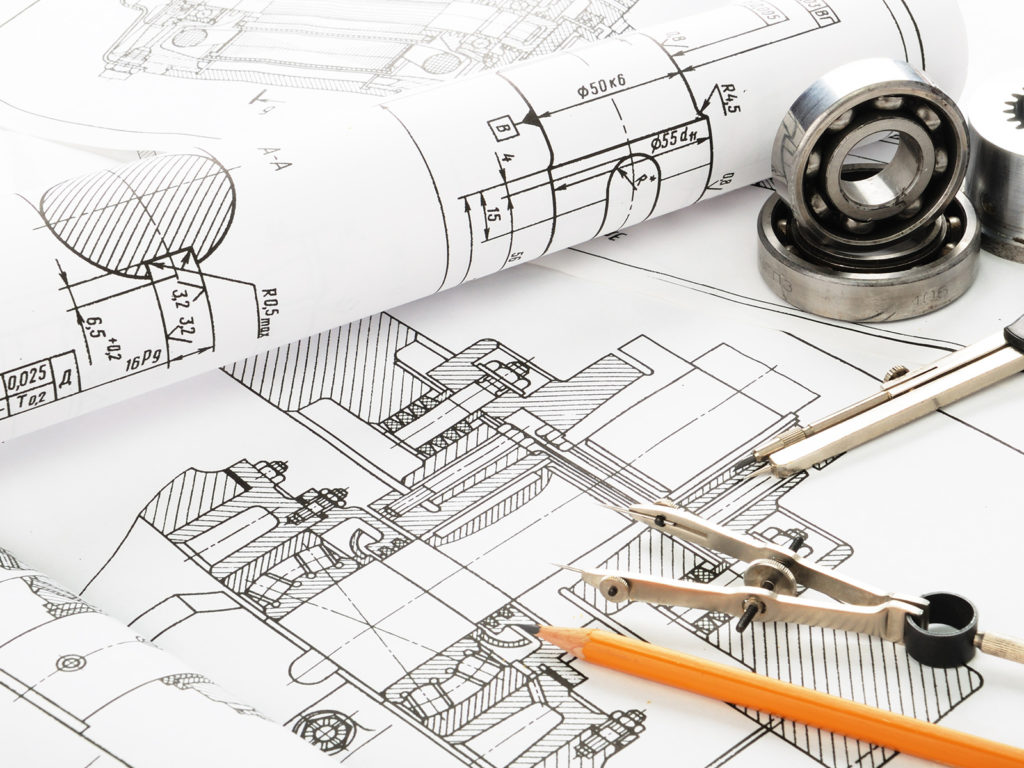Technical Drawing And Sketching
When it comes to technical sketching and drawing, there is a lot to consider. It can seem overwhelming at first, but with the right tools and guidance, anyone can learn to create technical sketches with ease. In this post, we will go through 7 steps to help you master technical sketching and drawing.

The first step is to gather your materials. It’s important to have the right tools to achieve the best results. You will need a ruler, compass, protractor, pencils, erasers, and a sketchbook. Make sure your sketchbook has high-quality paper that can handle erasing and smudging.
Next, familiarize yourself with the basics. Technical sketching is all about accuracy and precision. You will need to be able to draw straight lines, angles, and curves with precision. Practice drawing basic shapes, like squares, circles, and triangles, until you feel comfortable with your technique.
Now that you have the basics down, it’s time to start sketching. When sketching, it’s important to first think about the purpose of your sketch. Are you trying to show how a product is assembled? Or maybe you’re trying to illustrate the workings of a machine? This will help you determine the level of detail and complexity needed in your sketch.
When starting a sketch, it’s important to use light strokes until you have the basic shapes and layout down. You can then go back in with darker lines and add details and shading. Remember to take breaks and step back from your sketch to get a fresh perspective.
As you continue to practice, you may find it helpful to add color to your sketches. Color can help highlight different parts of the sketch and make it easier to understand. Don’t be afraid to experiment with different color schemes.
To take your sketches to the next level, consider using computer-aided design (CAD) software. CAD software allows you to create precise and detailed technical sketches with ease. There are many different types of CAD software available, so do your research and find the one that works best for you.
Finally, don’t be afraid to seek out advice and feedback from others. Join online communities or take classes to connect with other artists and learn new techniques. Remember, technical sketching and drawing is a skill that takes time and practice to master.
How to Master Technical Sketching and Drawing:
- Gather your materials
- Familiarize yourself with the basics
- Think about the purpose of your sketch
- Start with light strokes
- Add color to highlight different parts of the sketch
- Consider using CAD software
- Seek advice and feedback from other artists
Tips for Technical Sketching and Drawing:
- Take breaks and step back from your sketch to get a fresh perspective
- Practice, practice, practice
- Don’t be afraid to make mistakes
- Experiment with different techniques and tools
- Join online communities or take classes to connect with other artists
With these tips and techniques, you will be well on your way to mastering technical sketching and drawing. Remember to be patient with yourself and keep practicing. Who knows, you may even discover a new passion!



Post a Comment for "Technical Drawing And Sketching"